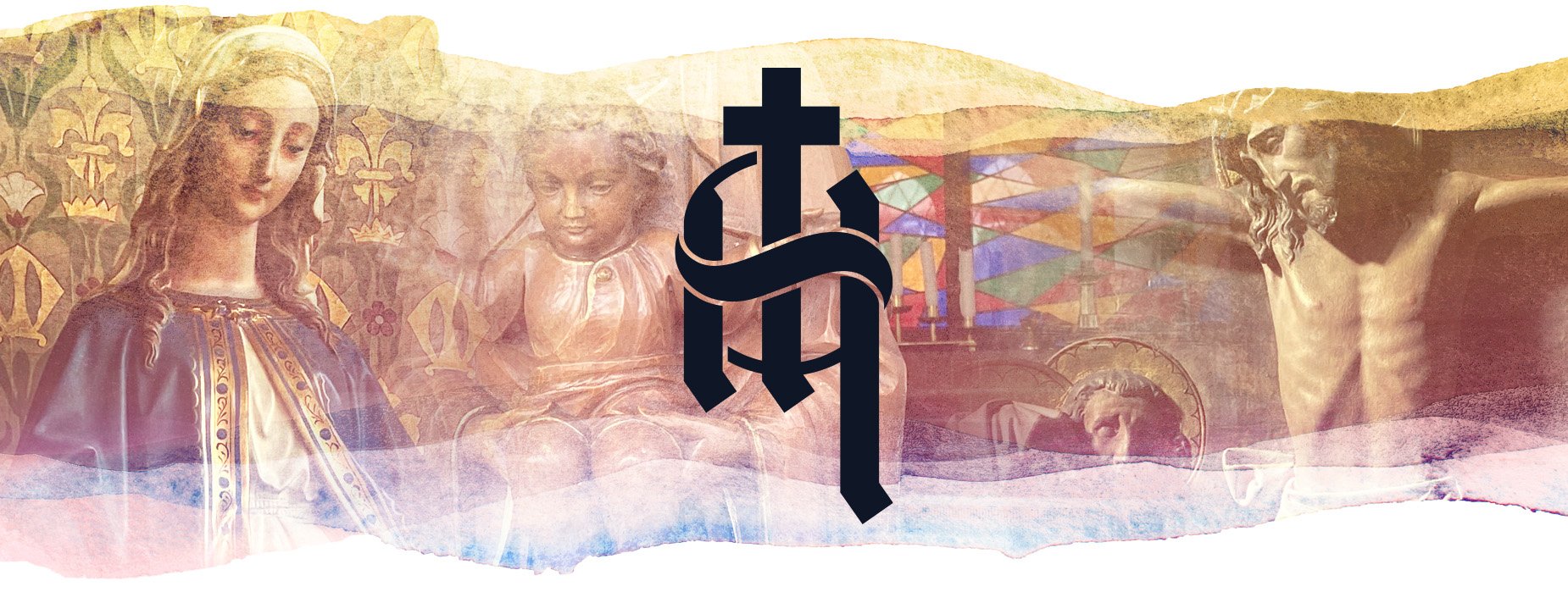
The history of Ladyewell Shrine
A living witness of Catholic faith
The sacred site of Ladyewell has long been a wellspring of devotion in Lancashire, its roots stretching back to the 11th century. Known for centuries as a place of Marian devotion, Ladyewell has stood as a silent yet steadfast witness to the perseverance of faith, even through times of great trial.

“This is none other than the house of God; this is the gate of heaven.”
— Genesis 28:17
Find Welcome and Renewal
A Diocesan Shrine of Grace
During the Reformation and Penal Times, when public Catholic worship was forbidden in England, pilgrims continued to find their way to Fernyhalgh. Despite threats and hardship, the faithful gathered in secret, and Ladyewell became a sanctuary of resilience. This is reflected most powerfully in the Burgess Altar, once a fold-away altar used for clandestine Masses, now enshrined in Ladyewell House.
Over the years, devotion to Our Lady as Queen of Martyrs grew here, inspired by the memory and relics of English Martyrs such as St Edmund Arrowsmith, Blessed John Woodcock, and St Edmund Campion. Their presence, represented in relics and veneration, continues to inspire pilgrims today.
The present Ladyewell House was rebuilt in 1685 and became central to the site’s spiritual mission. It houses the reliquary, a chapel, a piety shop, and resources for education and prayer.
The name “Fernyhalgh” is believed to mean “field of ferns” or “watery meadow,” while “Ladyewell” (originally Ladye Well) reflects the Marian devotion connected to the holy well at the site.
Today, Ladyewell is the official Diocesan Shrine of Lancaster. St Mary’s RC Church, just a short walk from the shrine, was built in 1794 by Rev. Anthony Lund to accommodate the growing number of pilgrims who could no longer fit into the chapel at Ladyewell.
Across the decades, the site has drawn pilgrims from around the UK and beyond. Members of the Anglican, Orthodox, and Indian Catholic communities, among others, now also visit regularly. Ladyewell remains a living shrine where people of all backgrounds and devotions find welcome and renewal.
From whispered prayers in secret to vibrant, open-air processions of faith, Ladyewell continues to be a place where the Church remembers, heals, and hopes.

